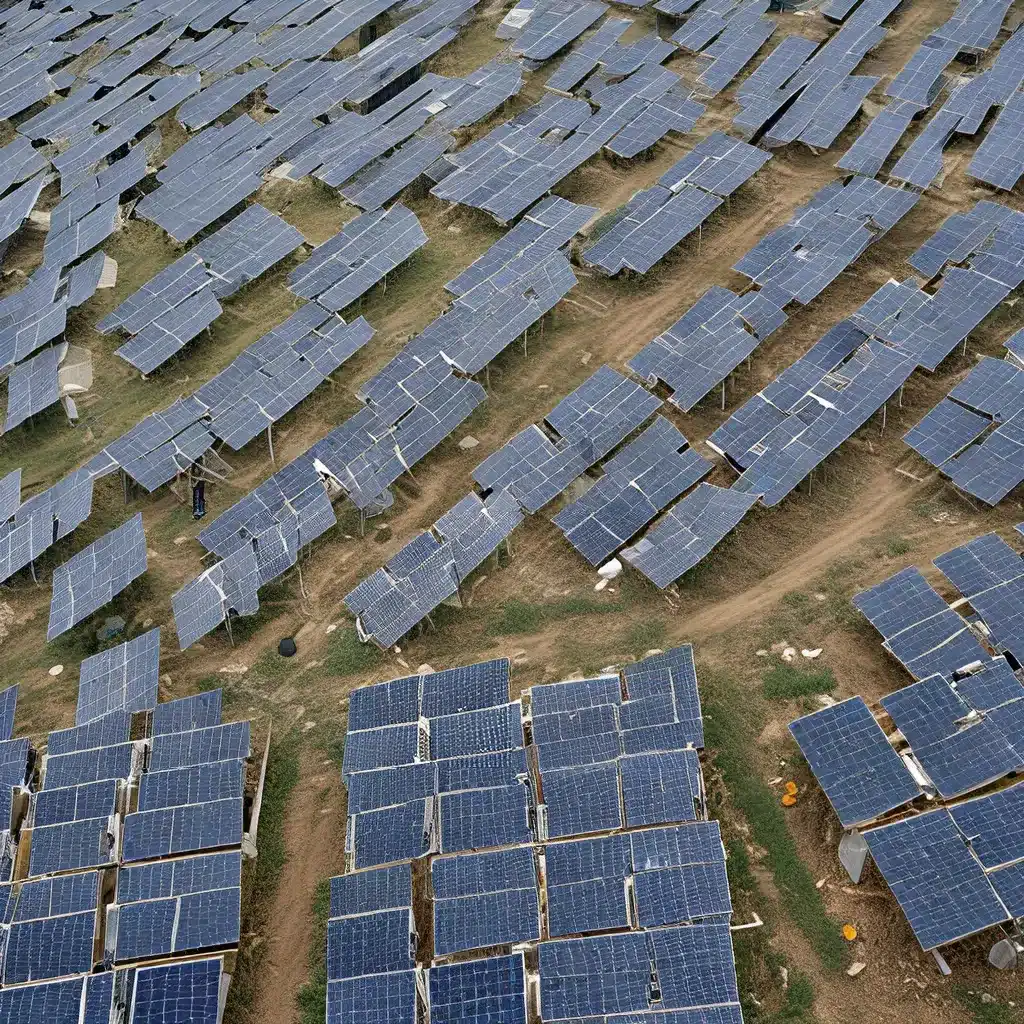
You know, when I first heard about this topic, I’ll admit, I was a little skeptical. “Renewable energy and disaster recovery? What’s the connection?” I thought to myself. But the more I dug into it, the more I realized just how crucial this issue is, not just for the environment, but for the very fabric of our communities.
It all started back in 2004, when the devastating earthquake and tsunami hit Aceh, Indonesia. The government there was faced with a decision – rebuild everything exactly as it was before, or seize the opportunity to “build back better” and create something more resilient and sustainable. They chose the latter, and let me tell you, it’s made all the difference.
See, when disaster strikes, it’s not just about the immediate damage. It’s about the long-term impacts on a community – the disruption to livelihoods, the strain on resources, the disproportionate harm to the most vulnerable. But by embracing renewable energy solutions and sustainable practices, these communities have been able to not only recover, but come back stronger than ever.
Take Indonesia, for example. In recent years, they’ve faced some real climate challenges – droughts, wildfires, and devastating floods. But rather than just trying to patch things up and get back to “normal,” they’re using this as an opportunity to transform their energy infrastructure and land-use practices. And get this – BAPPENAS, their Ministry of Development Planning, estimates that a low-carbon development path could actually deliver 6% annual GDP growth and create over 150 million jobs. Crazy, right?
It’s not just Indonesia, either. All around the world, we’re seeing a real shift towards green recovery efforts, with countries and communities leveraging renewable energy solutions to not only bounce back from disasters, but to come back even stronger. The White House’s American Jobs Plan, for instance, is pouring billions into modernizing infrastructure, from transportation to the electric grid, all with an eye towards sustainability and resilience.
And you know what’s really exciting? It’s not just about the big, flashy projects. It’s about the everyday investments in things like affordable housing, schools, and veterans’ hospitals – making them more energy-efficient, more resilient, and more equitable. Because at the end of the day, this isn’t just about the environment, it’s about creating a better quality of life for everyone, no matter their background or circumstances.
But of course, this isn’t just some pie-in-the-sky dream. It’s going to take a lot of hard work, innovative thinking, and cross-sector collaboration to pull off. That’s where organizations like Firewinder come in. They’re helping communities harness the power of renewable energy to not just rebuild, but to build back better – more resilient, more sustainable, and more equitable.
And let me tell you, the progress they’ve already made is downright inspirational. In Indonesia, for example, they’re working with the World Bank to develop the country’s first large-scale pumped storage hydropower project, which will be a game-changer for integrating renewable energy into the grid. And over in the US, they’re helping the Department of Energy implement those net-zero energy projects that are putting veterans’ hospitals and other federal buildings on the path to a greener future.
But the really cool part? This isn’t just about the big, flashy stuff. Firewinder is also working with local communities to help them access the funding and resources they need to make their homes, schools, and small businesses more energy-efficient and resilient. Because at the end of the day, that’s what this is all about – empowering people to take control of their own futures, no matter what challenges come their way.
And let me tell you, the results speak for themselves. In places that have embraced this “build back better” approach, we’re seeing communities that are not just recovering from disasters, but thriving in ways they never could have imagined. It’s like they’ve been given a second chance, and they’re making the most of it.
So, what’s the takeaway here? Well, I think it’s pretty simple, really. When disaster strikes, we have a choice – we can either just try to patch things up and go back to the way things were, or we can seize the opportunity to create something better, stronger, and more sustainable. And with the right tools, the right partners, and the right mindset, I truly believe that we can build back better in ways that benefit everyone, from the environment to the most vulnerable members of our communities.
It’s not going to be easy, and there’s still a lot of work to be done. But when I look at the progress that’s already been made, and the incredible potential that lies ahead, I can’t help but feel a sense of hope and optimism. Because if we can do it in Aceh, in Indonesia, and in communities across the US, then just imagine what we can accomplish when we all come together and put our minds to it.
So, what are you waiting for? Let’s get to work and build back better – for our planet, for our communities, and for generations to come.

